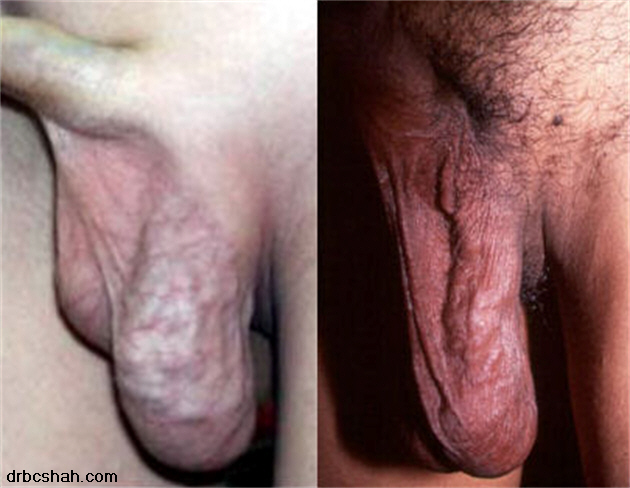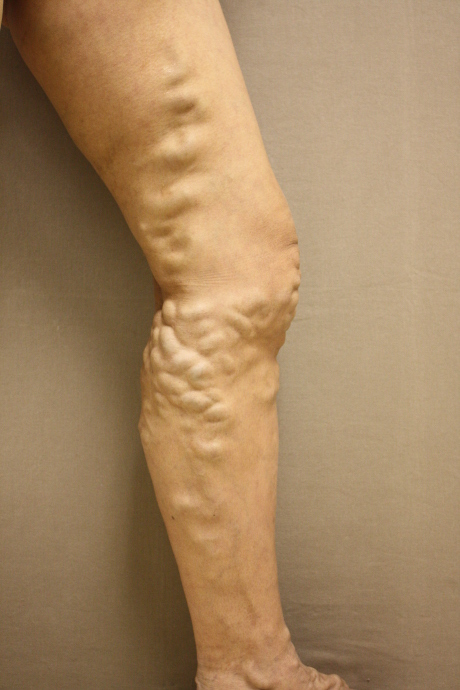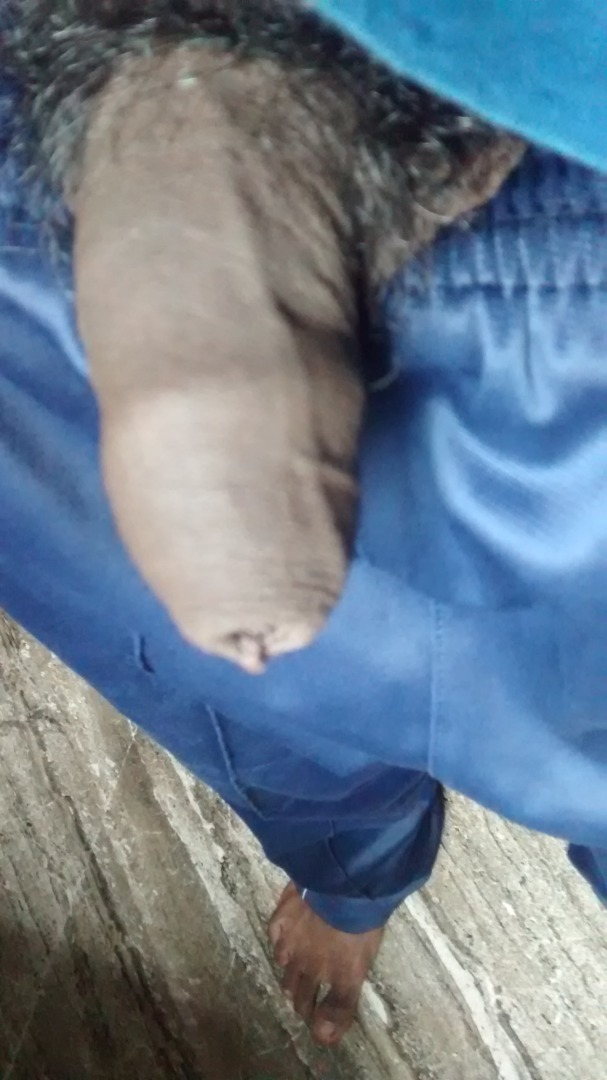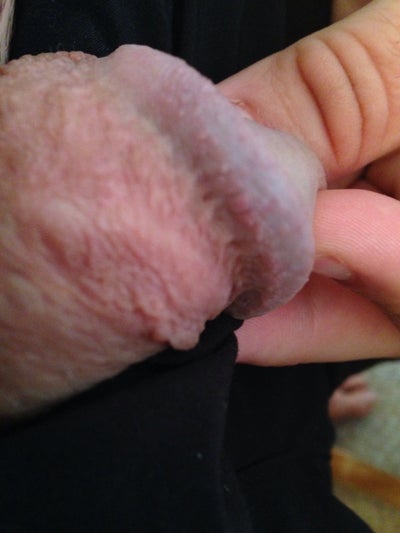The clitoris is a complex structure, containing external and internal components. It consists of the glans, the clitoral body (which is composed of two erectile bodies known as the corpora cavernosa), two clitoral crura, the clitoral hood (formed by the labia a) and the vestibular or clitoral bulbs.

The penis is the male external excretory and sex organ. The penis contains the external opening of the urethra, which is used for urination and to deliver semen into the vagina of a female sexual partner.
Blue Balls – Scrotum Severely Enlarged and Filled with Black Fluid at Best Gore. Protecting the Public from Safe Places on the Internet Since 2008



UpToDate, electronic clinical resource tool for physicians and patients that provides information on Adult Primary Care and Internal Medicine, Allergy and Immunology, Cardiovascular Medicine, Emergency Medicine, Endocrinology and Diabetes, Family Medicine, Gastroenterology and Hepatology, Hematology, Infectious Diseases, …
The posterior tibial veins (vv. tibiales posteriores) accompany the posterior tibial artery, and are joined by the peroneal veins.: 11: The anterior tibial veins (vv. tibiales anteriores) are the upward continuation of the venæ comitantes of the dorsalis pedis artery.

What Is an Enlarged Prostate? The prostate, a gland in the male reproductive system, is located just below the bladder, between the rectum and the base of the penis.
The spleen is an important organ in the immune system.It is a bean shaped structure, located in the left upper portion of the abdominal cavity, under the diaphragm, protected by the 9th through 11th ribs, in the mid-back.



St. Louis Missouri Cardiologist Doctors physician directory – Deep vein thrombosis (DVT) or blood clot in the leg symptoms include swelling, warmth, redness, and pain in the leg with the blood clot.
The scrotum is a skin-covered sac that holds your testicles. It also contains the arteries and veins that deliver blood to the reproductive glands. A vein abnormality in the scrotum may result in a varicocele.
BPH stands for benign prostatic hyperplasia, or enlarged prostate gland. Half of all men will have prostate problems by the age of 50. BPH doesn’t always have symptoms, but when the do occur they include painful urination, …

